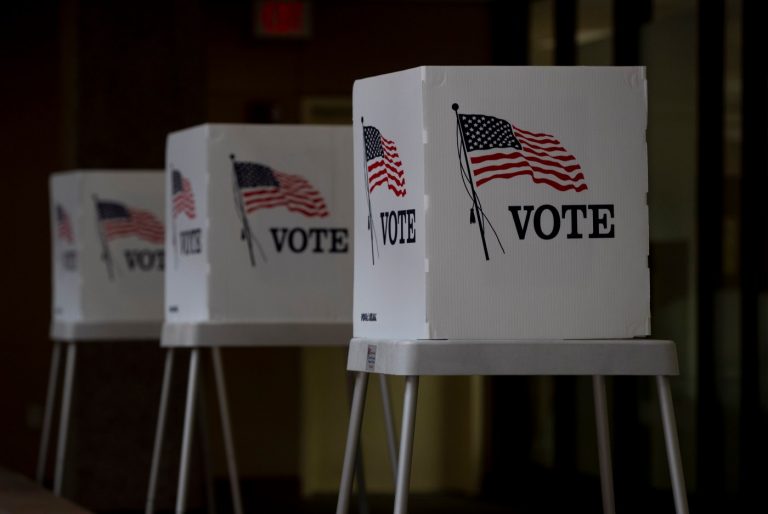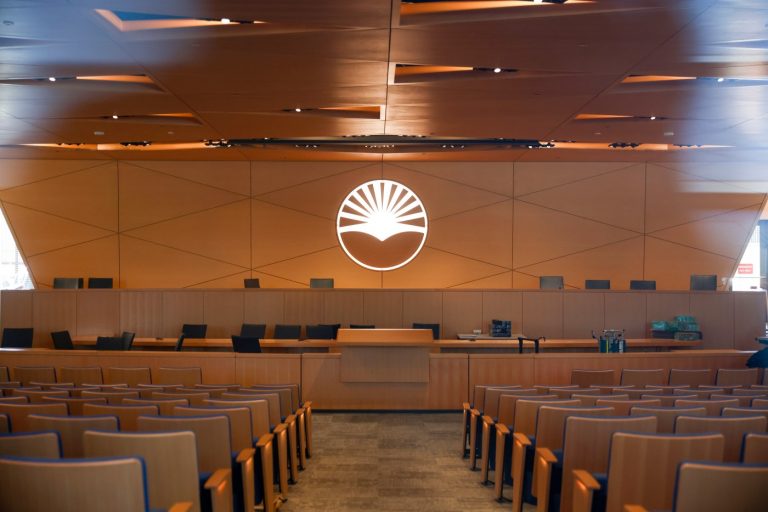Would voters in the nine-county Bay Area be more likely to support affordable “homes” or “houses” when they’re asked to vote on a $20 billion bond this fall?
A group opposing the November ballot measure is suing the Bay Area Housing Finance Authority, a regional body made up of local officials that put the the measure on the ballot, arguing that the question’s wording is biased and inaccurate. BAHFA has already changed some of the ballot measure’s language in response to their concerns.
If approved, the measure would be the first regional housing bond, which could help to preserve and build up to 90,000 affordable homes. The bond would levy an estimated annual tax of $18.98 per $100,000 of assessed value, or about $360 per year for a $1.4 million home or commercial property. The total cost of the bond, including principal and interest, is estimated at $48.3 billion, and it is expected to be paid off by 2077.
The group bringing the suit against BAHFA includes a mix of business leaders and libertarian activists. They are represented by Jason Bezis, who has fashioned himself as a local government watchdog and become the attorney of choice for “concerned taxpayer” groups.
Authorized in July by BAHFA, the question appearing on voters’ ballots is just 75 words long. Bezis’ clients take issue with nearly a third of them.
Last Friday, Bezis sent BAHFA a letter demanding a series of changes to language in the ballot question they say is “prejudicial.”
Related Articles
Editorial: California voters should protect same-sex marriage from U.S. Supreme Court assault
San Jose nixes placing parks parcel tax on November ballot
‘Residents are feeling squeezed’: Would a San Jose parcel tax to fund parks have a chance on the ballot?
Editorial: California voters should reject rent control and ‘Revenge of the Landlords’
Walters: California’s voters face competing ballot measures as interest groups clash
The plaintiffs also pointed out that the ballot question inaccurately estimated the annual cost of the bond to taxpayers at $670 million, when its actual cost is $911 million.
In a meeting of its executive committee Thursday morning, BAHFA reviewed the lawsuit and conceded that their math was incorrect, voting to amend the estimate that appears in the question. The agency did not make any other changes requested in the complaint.
“We genuinely appreciate Mr. Bezis bringing this clerical error to our attention so we could correct it in a timely error before ballots are printed,” said John Goodwin, a spokesperson for BAHFA. The agency declined to comment on the rest of the lawsuit’s complaints, citing pending litigation.
Marc Joffe, a plaintiff in the lawsuit and a state policy analyst at the conservative Cato Institute, said in a statement that he was frustrated by BAHFA’s error.
“How can the public trust an agency that can’t do basic arithmetic with nearly $50 billion of its taxes?” he said.
The lawsuit may only be the first of several challenges that the measure faces. Some of the plaintiffs listed in the lawsuit are also involved in a group called “20 BILLION Reasons to Vote No,” which has organized to oppose the measure, arguing that the bond does not efficiently spend taxpayer dollars.
The group was co-founded by Thomas Rubin, a transit industry consultant and researcher for the conservative Reason Foundation and the Heritage Foundation. He is also a board member of the California Association of Bond Oversight Committees, a group that serves as a watchdog over school bond spending.
“We have to try to get our government costs under control,” Rubin said in an interview. “This plan will not do very much at all to improve affordable housing and it will cost a huge amount of money.”
Local government leaders and housing advocates have been major backers of the bond. Recent polling by BAHFA has found that 54% of likely voters support the bond.
That wouldn’t be enough to meet the two-thirds threshold of voters required of most local bonds. But voters in November could also approve a California constitutional amendment that would lower the threshold needed to approve local housing and infrastructure borrowing to 55%. If that passes, it would apply to any bond concurrently on the ballot, including BAHFA’s.
Across the Bay Area, some 1.4 million residents — 23% of all local renters — spend more than half their income on rent, classifying them as “severely rent-burdened,” according to regional officials. Meanwhile, an estimated 37,000 people in the region are homeless on any given night.
The regional bond measure comes as the state is pushing Bay Area cities and counties to build more than 441,000 new homes by 2031, a roughly 15% increase in the region’s total housing stock. More than half the homes must be affordable to low- and middle-income residents.













+ There are no comments
Add yours